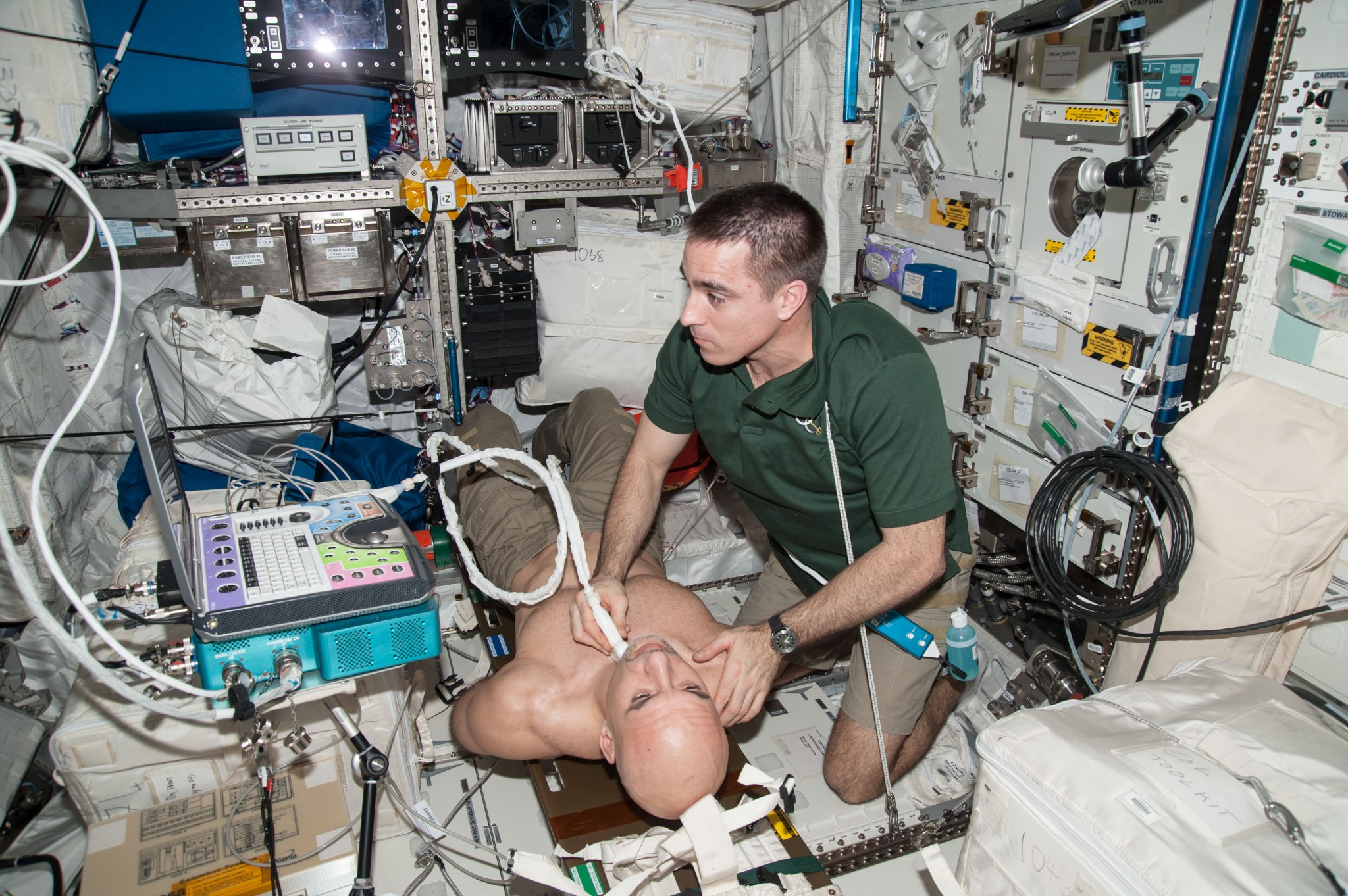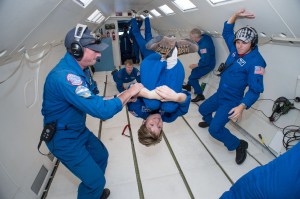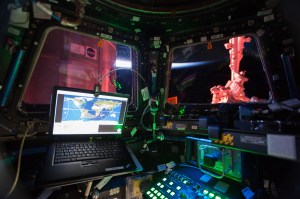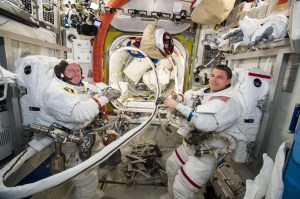The Lifetime Surveillance of Astronaut Health (LSAH) is an element of NASA’s Astronaut Occupational Health project that screens and monitors astronauts for occupationally-related injury or disease. The LSAH program examines acute and chronic morbidity and mortality of astronauts, and defines and analyzes health risks associated with the occupational exposures encountered by astronauts. From the evidence obtained through clinical testing and other exposure data (e.g., injuries, spacecraft data, etc.), individually tailored medical examinations and surveillance for particular outcomes are designed to monitor the astronaut population to more pro-actively detect potential health problems at an early state. The intent of these activities is to prevent the development or progression of occupationally-related conditions in both individuals and in the astronaut population.
LSAH epidemiologists compile Data sets, perform statistical analyses, and generate reports to support clinical care, occupational monitoring and surveillance, Space and Clinical Operations, countermeasure effectiveness assessments, and programmatic spaceflight risk mitigation efforts (e.g., data to support standards development and spacecraft and other requirements). LSAH also supports human health and performance risk mitigation and gap assessment efforts by providing data and analyses to Human Research Program personnel and researchers.



































